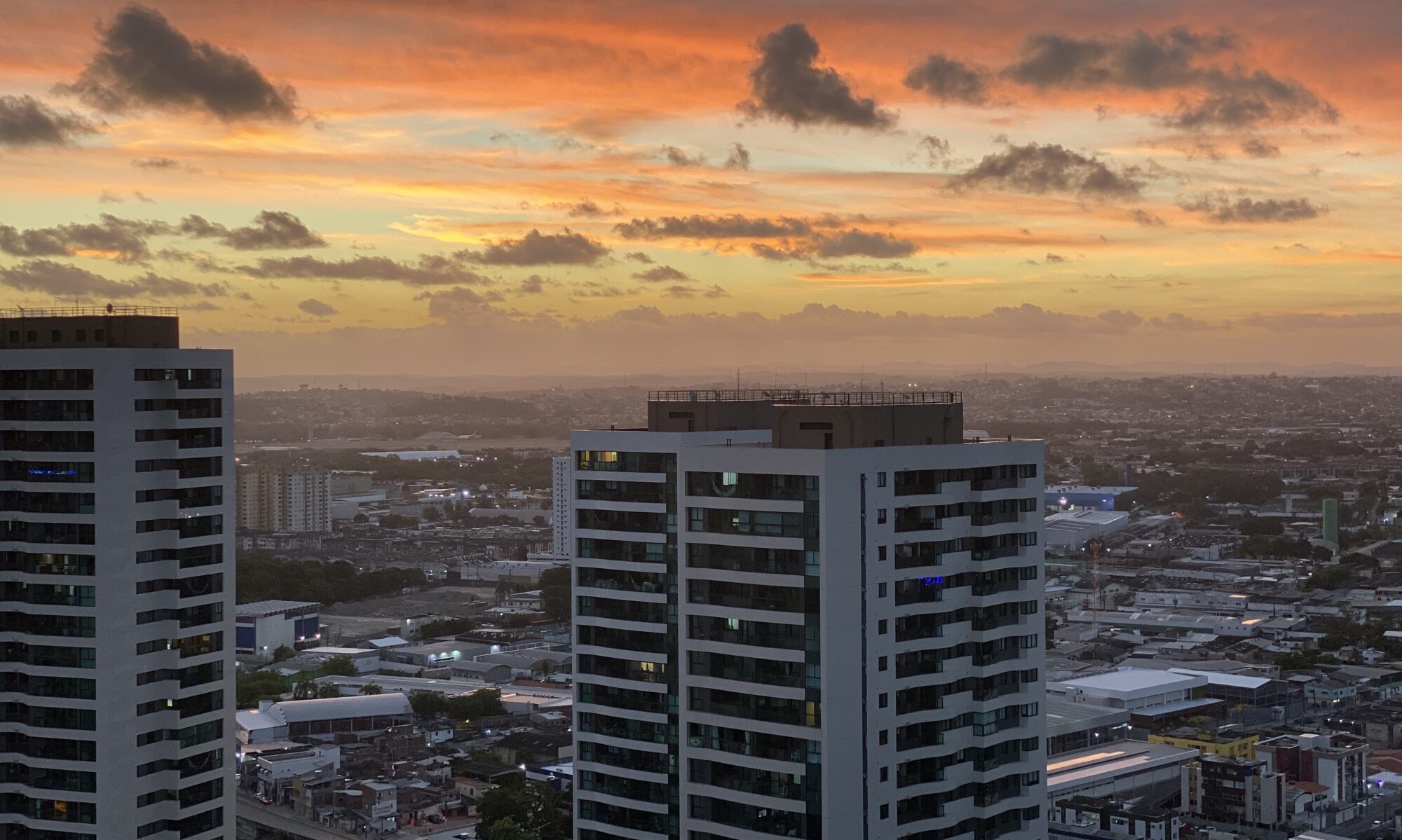The Centre-West region covers 18.86% of Brazil’s total land area, occupying 1,612,077.2 km2 comprising the states of Goiás, Mato Grosso do Sul, Mato Grosso and the Federal District. Situated on the extensive Central Plateau, its landscape is characterized by the predominance of ancient lands that have been flattened by erosion, leading to the formation of a series of plateaux. In the western part of the state of Mato Grosso do Sul and south west of the state of Mato Grosso is the depression formed by the Pantanal (swamp) of Mato Grosso, linked by the River Paraguay and subject to flooding during part of the year.
The vegetation of the Pantanal is extremely varied with very diverse fauna. In the plateau region, scrubland vegetation predominates. The climate of the region is semi-humid tropical, with frequent summer rain. The population is 10,501,480 inhabitants with a demographic density of 6.51 inhabitants per km2. It accounts for 6.5% of the nation’s total population and the majority – 81.3% of inhabitants – are concentrated in urban areas. Average life expectancy in this region is 67.80 years.
The economy was initially based on gold and diamond prospecting which was gradually replaced by cattle-breeding. The transfer of the Federal Capital from Rio de Janeiro to Brasília in 1960 and the building of railways to facilitate access to the west of the country, accelerated the settlement of the region, contributing to its development. It is in this region that Brazil’s largest reserves of manganese are found, located in the Urucum massif in the Pantanal. Because of accessibility problems, these reserves have not yet been fully explored.
Tourism as a source of income has been developing rapidly in the region, attracting visitors from all over the world who want to enjoy the rich fauna and flora of the Pantanal, as well as the countryside of the plains in the states of Goiás and Mato Grosso.

